Like most aspects of Italian gastronomy, there is much more to know than you think about Italian ham, which we commonly know in the US as “prosciutto“. Even though there are two types of prosciutto (baked and cured), most non-Italians immediately think of the air cured variety known as prosciutto crudo. This type of ham has been made in Italy since Roman times: prosciutto di Parma, the variety most Americans have heard of, has been praised for its flavor for over two thousand years. However, every region in Italy makes some variety of prosciutto, even though only a few of these varieties are available outside of Italy.
Getting to know the history of prosciutto really means getting to know the history of pig farming: it takes the best pigs, eating the right food to make a perfect ham.
Each type has its own flavor and aromas making it unique and incredibly delicious. The overall process to produce prosciutto crudo is basically the same: it begins with trimming the ham (made from the animal’s rear haunches) of skin and fat. The meat is then salted and air cured for a short time. After this, it is greased with salted lard and finally cured for a longer period of about 1 to 2 years.
The word prosciutto comes from the Italian verb prosciugare, which means to dry. The elimination of moisture ensures the product a long shelf life, even at room temperature.
Types of prosciutto
Even though the principles of making prosciutto are the same, each region has their own specific standards.
These standards must be adhered to in order to be designated as a Denominazione di Origine Protetta (Denomination of Protected Origin) DOP prosciutto. For instance, the popular Prosciutto di Parma is made from large, locally raised pigs, fed a strict diet that includes whey from locally made Parmigiano-Reggiano cheese. Even though all prosciutto hams, as we said, share the salting and air curing process, the length of time and the amount of salt used vary from region to region. The Prosciutto di San Daniele, made in Friuli, uses local sea salt in sparse amounts and stacks the hams on top of each other. Both Parma and San Daniele hams are considered “sweet,” whereas the Prosciutto crudo Toscano is a “savory” ham, where the salting process involves also the use of pepper, garlic, rosemary and juniper. Consortiums formed to maintain the integrity of prosciutto’s flavor and quality protect both these trade secrets and the strict rules regarding what makes a regional ham.
How to choose the right prosciutto
When buying prosciutto, it is good to keep your eyes open for these regionally-licensed hams as they will be the “real thing”. Each regional consortium has its own specific brand or trademark, which should be visible on the ham itself. If you are not buying a whole ham, ask for a specific type of ham instead of just ordering prosciutto. As stated earlier some, like Parma and San Daniele, are sweeter and less salty than Toscano hams. In recipes Parma and San Daniele can be interchanged, however San Daniele is darker and has a more delicate flavor. Another sweet and famously fragrant regional ham is the Prosciutto dei Colli Berico-Euganei from Veneto.
If you stick to well known regional hams and are not afraid to shell out a few extra dollars, there is no way you will regret your purchase. A little bit goes a long way in flavor with prosciutto, a product that cannot be duplicated, if you really look after the authentic flavors of Italian cuisine. Some hints on how to eat your prosciutto? When you have a high quality product, you should try it with something that enhances, rather than covers, its flavor: amazing are the simple combinations of prosciutto with mozzarella (either fiordilatte or bufala), with melone and with figs.
Where to find prosciutto in the US
Many stores carry prosciutto nowadays. CostCo is one of the best places to get conveniently priced prosciutto. Traders Joe and many other supermarket chains also offer very good prosciutto. The main problem here in the US, however, is you will find many products marked as prosciutto that, in reality, offer just a type of ham which resembles prosciutto, but is not.
Real Prosciutto di Parma, for instance, should be slightly sweet, and never overwhelmingly salty (like some “fake prosciuttos” you can find on the shelves). Its color should be a vivid orange-pink and it should always have a soft texture. Take a look at the photos on this page to see what I mean!
Buying Prosciutto in Italy
Prosciutto In Italy costs from euro 12 a Kilogram to euro 28 a kilogram (June 2015).
The price of prosciutto in Italy can change a lot from type to type. The very first difference is between ‘prosciutto crudo’ (the cured variety we spoke about here, more expensive) and ‘prosciutto cotto’ (the baked variety, just like your regular American ham). The most expensive commercial ‘crudi’ are Prosciutto di San Daniele and Prosciutto di Parma, but you can also find cheaper varieties, like Nazionale, which are mostly used for cooking.
Another factor that can change a prosciutto’s price is its aging: the longer its curing has lasted, the more expensive the prosciutto should be. This is why you can find Prosciutto di Parma at different prices (hopefully nobody is cheating you: the cost is related to the maturing of prosciutto and not to its seller’s mood!).
In addition I must also say that there are “variations” of prosciutto like Prosciutto di Norcia (from Norcia, in Umbria) simply known as Norcino, which I think is more expensive than the others. In a lot of Italian places you can find popular types of homemade prosciutto (close to my hometown is the village of Faeto, mainly popular for its very prestigious prosciutto IGP), but the amount of ham yearly produced in this cases is not enough to satisfy the national request so that it is quite difficult to find it outside its own local area. These last are probably the most expensive, but also the tastiest of all prosciuttos.
Paolo Nascimbeni

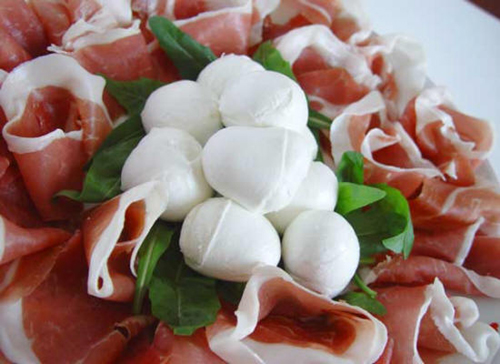
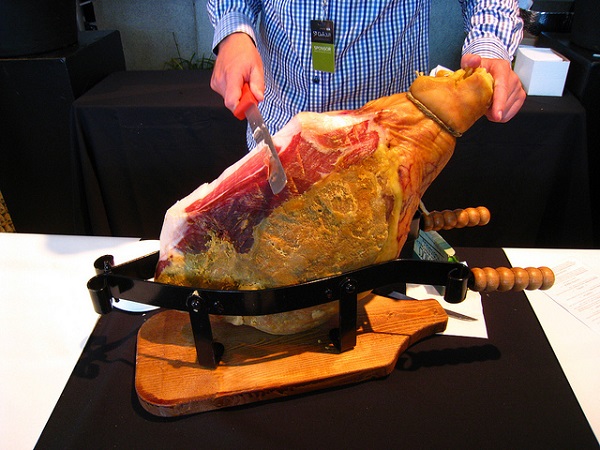

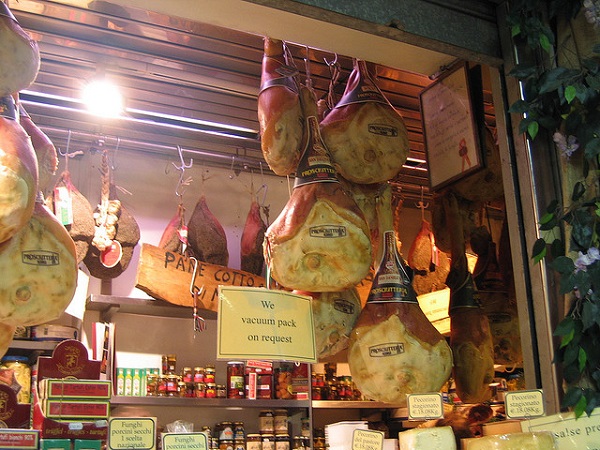
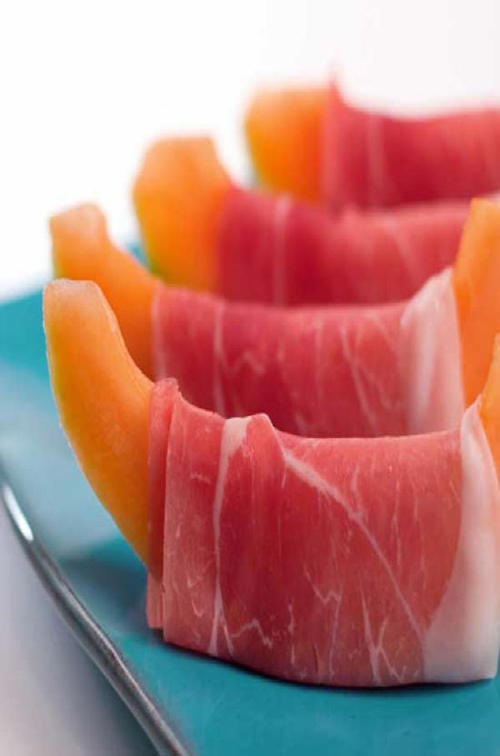
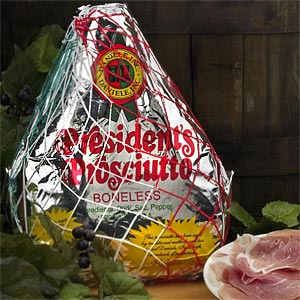
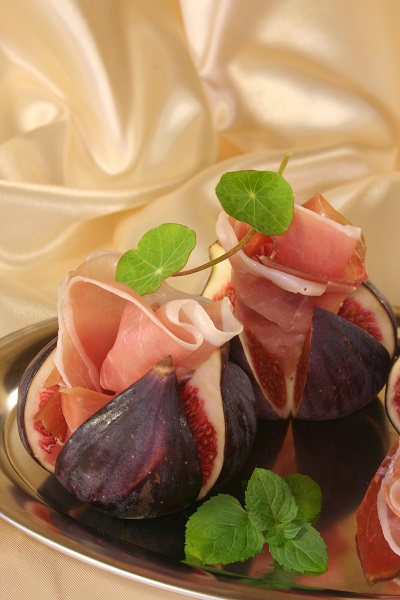
















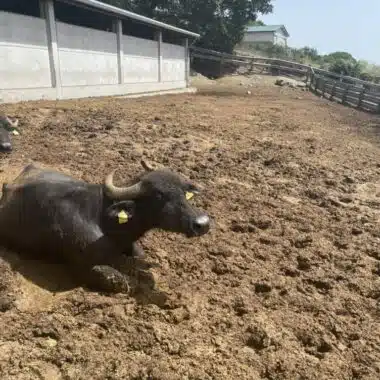

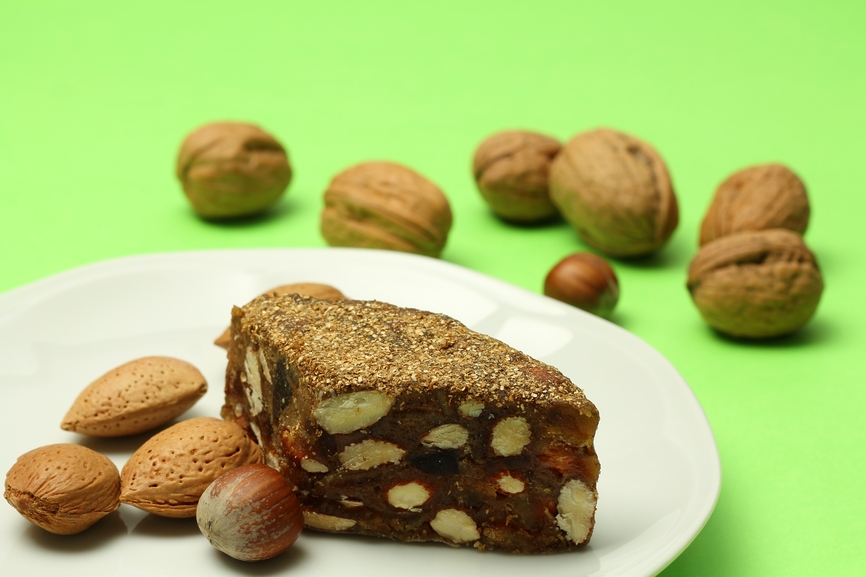
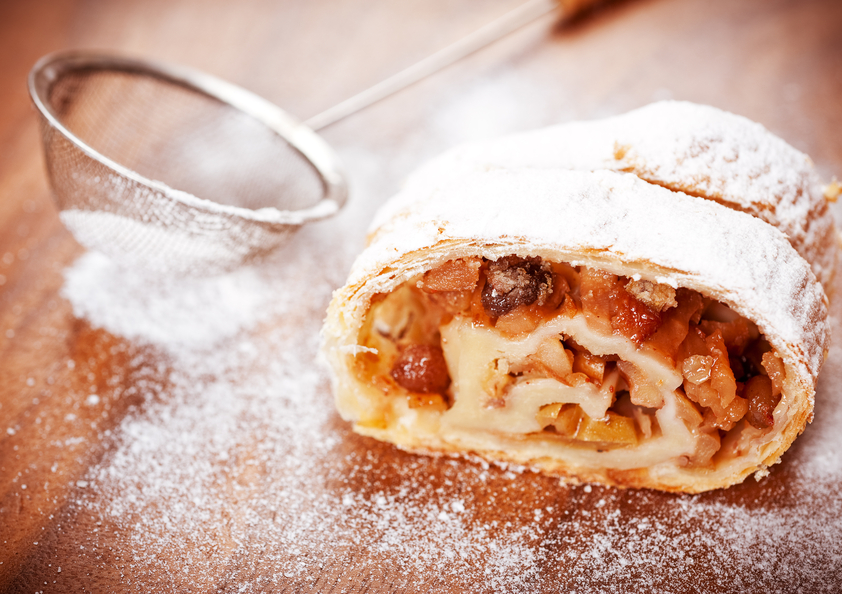
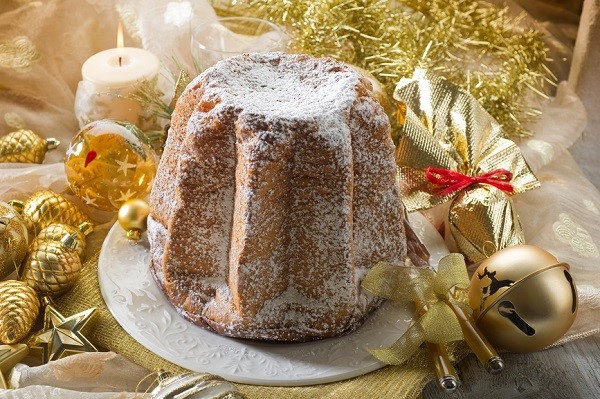
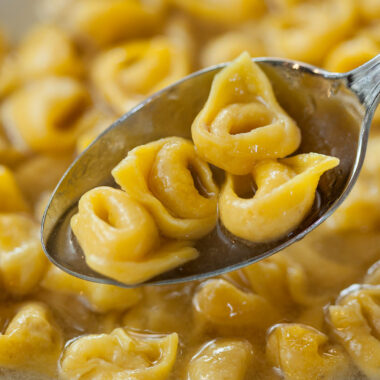
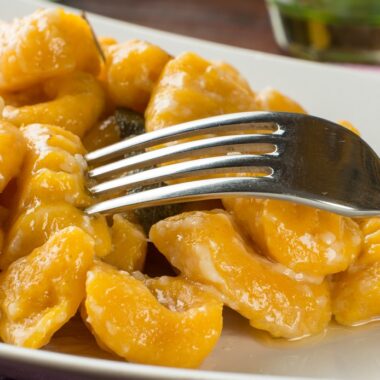



I found your article on the different forms of Prosciutto very interesting! The unique ways of curing, and regional variations really made my mouth water, and want to go out and buy some….if I can afford it!! Thanks!!
Wow Sabatino, I have never known anyone who cures the prosciutto themselves at home. I would like to try one, must be really good, like everything homemade.
Yes they are very good . But I have been making homemade prosciutto for years, and to be honest it is dam better tasting., and lot more cheaper to buy the fresh meat and cure it yourself.
In my experience, Prosciutto is not “just like American ham.” We lived in Italy for two years, and, in thirty years since, have never found anything like the prosciutto cotto we got at any grocery store in Italy.